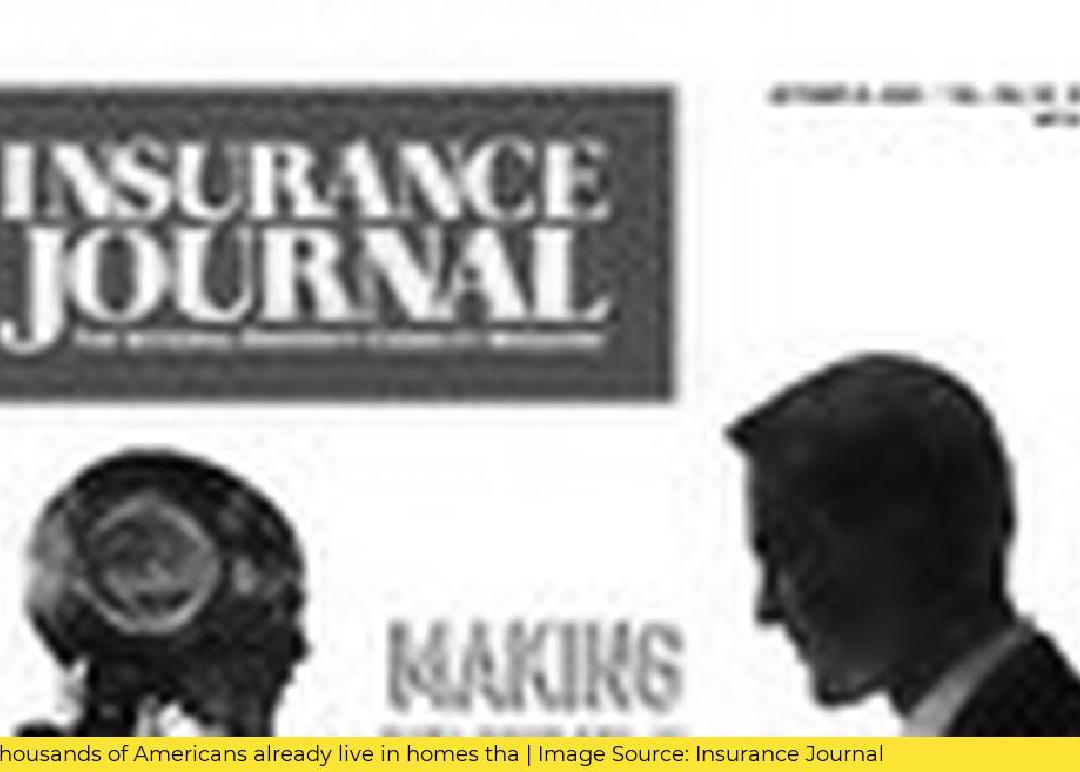How to Increase Flood Resilience: Modernizing Flood Maps and Disclosure Laws
As the seas continue to rise and extreme weather events become more common, millions of Americans could be at risk of flooding by the end of the century. Unfortunately, inaccurate and backward-looking flood maps and the lack of disclosure of a property’s flood history leave homeowners, homebuyers, and renters in the dark about their vulnerability to flooding. Outdated flood maps lead people to underestimate their danger, while lack of disclosure of past flood damages hinders fully informed decision making.
To increase flood resilience, modernizing flood maps to show the future potential for flooding and requiring disclosure of past flood damages in real estate transactions could help people make better decisions about where they should live, how much they’re willing to pay to accept the risk that comes with a home, and other decisions.
According to an article by Joel Scata published in Insurance Journal, FEMA must develop more reliable flood maps that show where flooding is likely to occur both now and in the future. Currently, FEMA provides flood maps for 22,000 communities across the country. The maps provide the basis not only for who must buy flood insurance but also where FEMA’s floodplain management regulations apply. Due to these requirements, FEMA’s maps are the standard nearly everyone turns to. Developers, emergency managers, homeowners, and buyers all rely on these maps for assessing and preparing for flooding.
However, FEMA flood maps under-represent the true extent of the 100-year floodplain. Therefore, they under-represent the actual risks of flooding. FEMA only maps the 100-year floodplain with a 50th percentile confidence. That means there is only a 50% chance that a 100-year flood would stay inside the line that FEMA draws on its maps.
To increase flood resilience, FEMA must develop more reliable flood maps that show where flooding is likely to occur both now and in the future. Maps should be more granular and accurate in their assessment of the potential for flooding and include projected future flood conditions. The more information a person has — and the better that information is — the better equipped they will be to avoid living in a flood-prone home or decrease their vulnerability to future floods.
For far too long, FEMA’s flood maps have defined flood risk based solely on past events. Historical storms are used to calibrate computer models that are used to predict future flooding. However, new maps still will not provide an accurate depiction of risk due to the absence of future conditions projections, like sea level rise, changes in rainfall, and expected population growth.
To increase flood resilience, FEMA must develop more reliable flood maps that show where flooding is likely to occur both now and in the future. Maps should be more granular and accurate in their assessment of the potential for flooding and include projected future flood conditions. The more information a person has — and the better that information is — the better equipped they will be to avoid living in a flood-prone home or decrease their vulnerability to future floods.
In conclusion, modernizing flood maps and disclosure laws is key to increasing flood resilience. With Riskwolf, insurance builders can turn real-time data into insurance. Using unique real-time data and dynamic risk modeling, Riskwolf enables insurers to build and operate parametric insurance at scale. Simple. Reliable. Fast. Contact Riskwolf today to develop parametric insurance for your case.
Source: Insurance Journal
